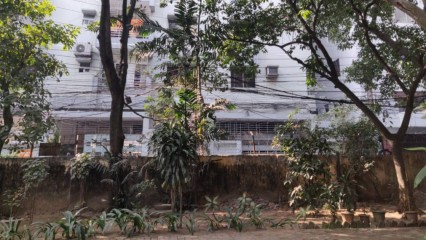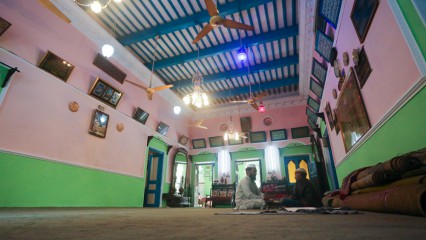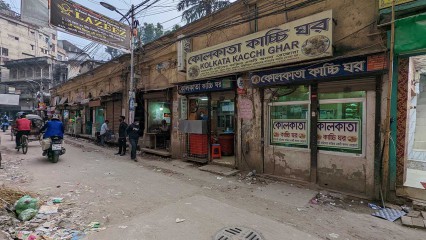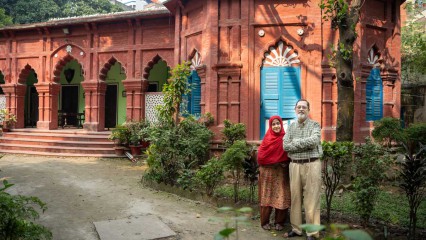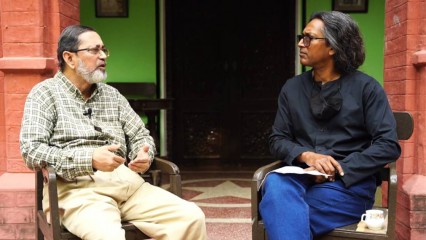The house did not have any boundary wall initially, the lawns and gardens in the surrounding were connected visually and physically. With the changing lifestyle of the citizens, boundary walls were built for security reasons, but like the house, even these walls hold memories. The younger members of the family would use the boundary wall as an ambulatory during their childhood.
[email protected]
Dhaka, Bangladesh

